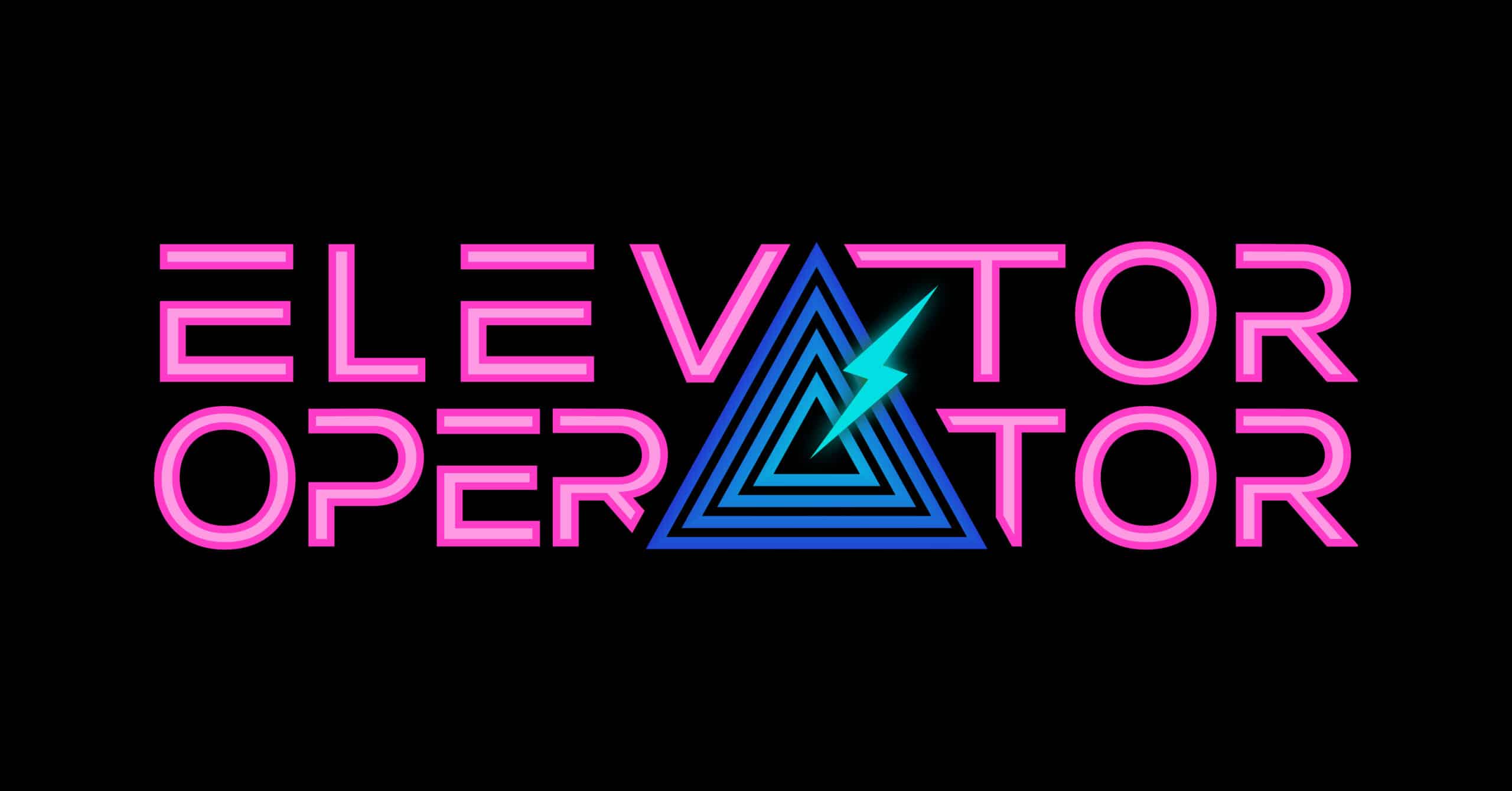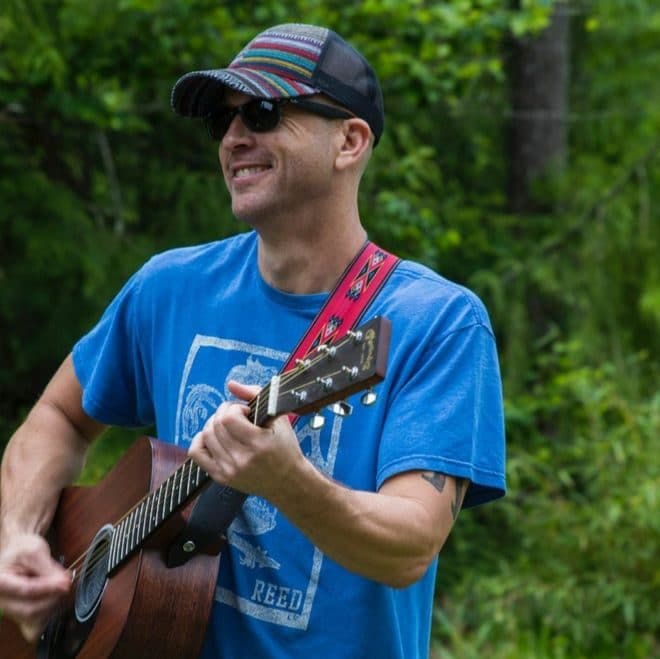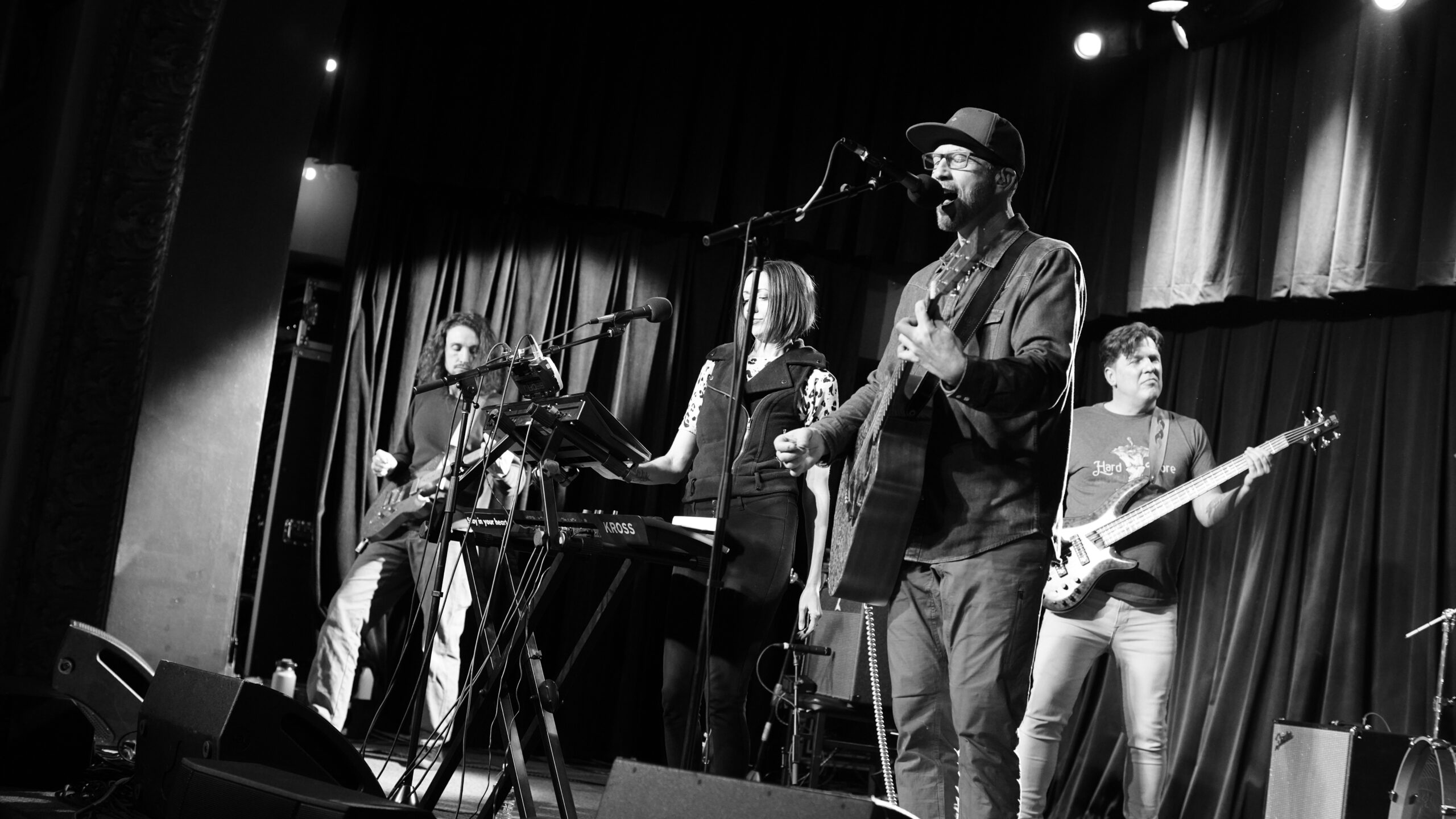We’ve covered Bigfoot’s presence in human societies before. Bigfoot, or something like it, has been the stuff of popular legend across time and place. It seems wherever people gather, there are stories to share of a strange, hairy, humanoid animal who stalks the forests and mountains of this immeasurable world. Also as we’ve covered before, the modern cycle of Bigfoot sightings in North America was first spread by word-of-mouth storytellers.
But we have something now that past cultures never had before: pop culture. Since the 20th century, we have the ability to mass produce information and entertainment, and we consume it simultaneously by the millions. This gives rise to the strange phenomena we call pop culture.
While folk and working class cultures gave rise to Bigfoot’s popularity today, it is the mainstream pop culture machine that turned the cryptid from a campfire curio to a celebrity.
How did it happen? And what does it mean?
Getting It on Film
Pop culture thrives on visuals. A man holding up a plaster cast of a footprint is one thing, but a panning shot of Bigfoot taking a stroll gets a lot more purchase on TV sets.
The Patterson-Gimlin film did just that. It was shot near Bluff Creek in October of 1967, almost a decade after the country’s newspapers picked up the Bigfoot story from the same area. Roger Patterson and Bob Gimlin were riding horses when they came across the ambling hominid and shot for 59.5 seconds — a Yeti’s hair short of a minute.
While Jerry Crew’s plaster casts created a craze for newspapers, the provocative Patterson-Gimlin film was perfect for TV consumption. Over the next couple of years, Patterson made appearances on The Merv Griffin Show, The Tonight Show with Johnny Carson, among others. He even worked with the BBC to make a docudrama about Bigfoot.
Throughout the 20th century, TV dominated pop culture, and the Patterson-Gimlin film fit the bill for perfect content. It was odd, short, tantalizing. While plaster casts can spur people to curiosity, a moving image on TV creates something else entirely: fans.
Bigfoot’s Ready For His Close Up
Bigfoot’s rise to fame is a mixed subject for Bigfoot researchers. On the one hand, it increases awareness of the strange creature, but on the other hand, it turns Bigfoot into less an undiscovered hominid and more a cartoon character.
If you hadn’t noticed, pop culture doesn’t do so well with sober, scientific debate. And as it turned out, many people weren’t interested in whether or not Bigfoot was real. People loved the absurdity of it. The same way they loved the Loch Ness Monster and UFOs — it was fun to entertain the notion of paranormal topics, not seriously consider them.
Countless experts have closely examined every frame of the Patterson-Gimlin film for decades. It’s like the Zapruder film but for cryptozoology. Almost every time, they leave with the same opinion they start with. But Bigfoot as a character was here to stay.
He appeared in dozens of films, songs, commercials, video games, and novels. His likeness has been used on the sides of monster trucks, in logos, and as sport mascots.
One of his most popular appearances is in the 1987 comedy film Harry and the Hendersons. The film depicts a Seattle family who hit a Bigfoot on their way back from vacation. Hilarity ensues, obviously, and the film went on to win the Oscar for Best Makeup and was later turned into a TV series of the same name.
An example from the last few years, Sasquatch can be seen endorsing Jack Link’s beef jerky in a series of commercials called “Messin with Sasquatch.” In these TV spots, hikers in the Pacific Northwest continuously harass Sasquatch, goading him to violent outbursts. Oh, and beef jerky is usually involved at some point.
Bigfoot Mania continues to this day, and it fuels a cottage industry of Bigfoot related products, events, and institutions. Bigfoot museums, guided tours, merchandise, gatherings (both serious and tongue-in-cheek), etc. The initial explosion of popularity is over, but every child still learns about the upright, ape-like beast that stalks the hidden parts of the world.
Celebrity, Sasquatch, and the Meaning of Life
As humans became a species united by pop culture, it was only a matter of time that some of our myths, legends, and stories would migrate with us to the new frontier of communication. But while Beowulf and Odysseus are relegated to obscurity, Bigfoot is a household name.
Why is Bigfoot so popular? What makes the story so universal? How does it fit between Coca-Cola ads and episodes of The Voice?
It has been noted before that Bigfoot matches the Wild Man archetype — a recurring figure in human myth that represents the vestiges of a former humanity, one less reliant on technology and language and economics. The image of Bigfoot also works as a kind of advocate for the parts of the world untouched by industrial civilization. Those places are his home, after all. These features make him an odd bedfellow for pop culture.
Pop culture represents everything that Bigfoot is against, and vice versa. Pop culture is an uncritical product of industrial civilization with its advanced communication technology and naked economic motives. Bigfoot tells us that the forest is more mysterious than we think and should be appreciated and protected. Pop culture tells us to buy, buy, buy, no matter how the thing is made or what the greater costs are.
When looked at this way, Bigfoot Mania is both a creation of pop culture and an antidote to it. As mentioned above, Bigfoot researchers sometimes scoff at Bigfoot’s celebrity. Many find it unhelpful, undermining the legitimacy of their study. But if Bigfoot’s popularity can inspire people to take interest in the forest and reconsider our treatment of the environment, then what we need is more Bigfoot Mania, not less.
Bigfoot, the music video by Elevator Operator:
Public Service Announcement Regarding Bigfoot
[mysocial]




































